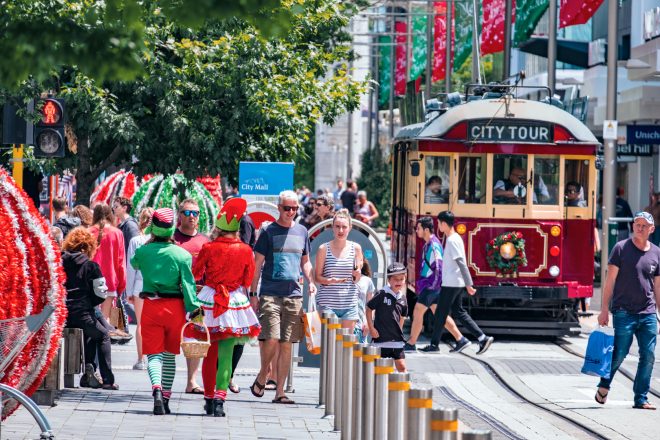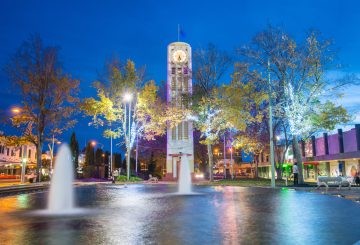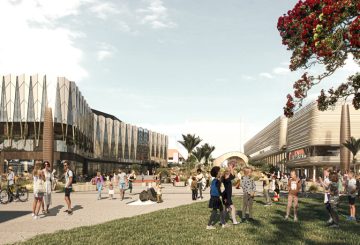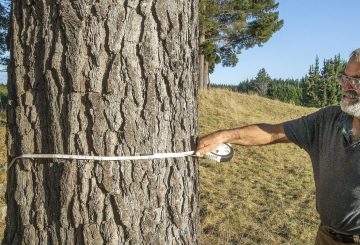식료품, 가구 및 전자 제품에 대한 지출은 2019 년 12 월 뉴질랜드의 2020 년 12 월 판매량이 증가했지만 숙박 시설과 연료 지출은 낮았다 고 통계 부서 통계 NZ는 화요일에 밝혔다.
Stats NZ는 2020 년 12 월에 총 소매 카드 지출이 3.5 퍼센트 증가했으며 2019 년 같은 기간에 비해 2 억 5 천만 뉴질랜드 달러 (178 백만 달러) 가 증가했다고 밝혔다.
2020년 12월 분기에 전자 카드를 사용한 실제 소매 카드 지출은 20억 뉴질랜드 달러였으며, 2019년 12월 분기에 비해 4.3% 증가한 통계에 따르면 나타났습니다.
소매 지출은 2020 년 12 월 XNUMX 개 산업 중 4 개에서 2019 년 12 월 대비 증가했으며 식료품 및 주류 및 가구, 하드웨어 및 가전 제품과 같은 오래 지속되는 제품의 판매가 증가했다고 밝혔다.
Stats NZ에 따르면 실제 측면에서 식료품 및 주류에 대한 지출은 소매 산업 최대 7.5% 증가했습니다.
소매 통계 관리자 인 크레이그 리켄 (Craig Liken) 은 성명서에서 “식료품과 주류에 대한 지속적인 지출은 여름 방학 첫 달과 일치한다”고 말했다.
Liken은 “휴대 전화 및 노트북과 같은 가구 및 전기 제품의 향상은 크리스마스 선물과 복싱 데이 판매 기간 동안 키위 지출을 반영합니다.
잠금 제한으로 인해 4 월과 5 월에 상당한 소강 함에도 불구하고 내구성 제품, 가구, 하드웨어 및 가전 제품과 같은 오래 지속되는 제품에 대한 연간 카드 지출은 5% 증가했다고 Stats NZ는 밝혔다.
호텔, 모텔 및 기타 숙박 시설에 대한 지출은 32% 감소했다고 밝혔다.
Liken은 “COVID-19 여행 제한으로 인해 숙박 시설에 대한 낮은 지출은 외국인 관광객의 부족과 일치한다”고 말했다.
대조적으로 외식 지출은 지난해 같은 시간에 비해 1.8% 증가했다고 Stats NZ는 밝혔다.
Liken은 “키위는 여름 방학 동안 국제적으로 여행 할 수 없었으며 국내 관광을 가져 왔으며 외식하는 데 지출하는 것을 보았습니다.
연료 산업 지출은 12 퍼센트 감소했다고 그는 작년 4 월 폐쇄 이후 주로 연료 가격 하락으로 인해 연료 지출이 낮았다고 밝혔다.
통계에 따르면 2020 연도의 총 연간 소매 카드 지출은 68 억 뉴질랜드 달러로, 2019년 대비 0.2% 하락한 것으로 나타났습니다.
Liken은 “총 지출은 2019년과 비슷하지만 지출 패턴이 바뀌었고 환대 및 연료에 대한 지출은 줄어들고 식료품, 가구 및 전자 제품에 대한 지출이 더 많았습니다.
식료품, 가구, 전기 및 하드웨어 제품에 대한 지출은 2020 년 12 월 분기 지출이 전반적으로 증가했다고 그는 말했다.






























































